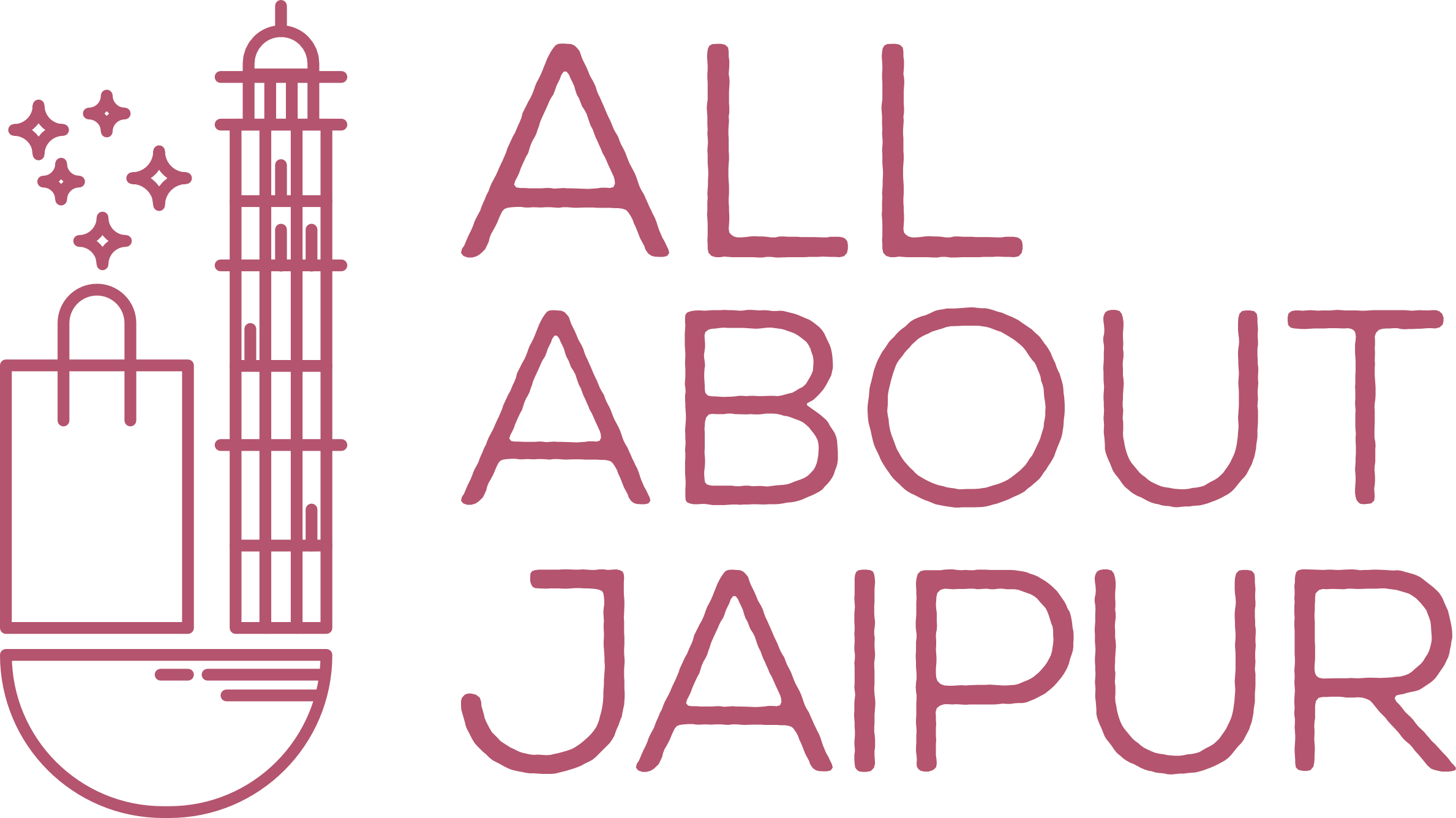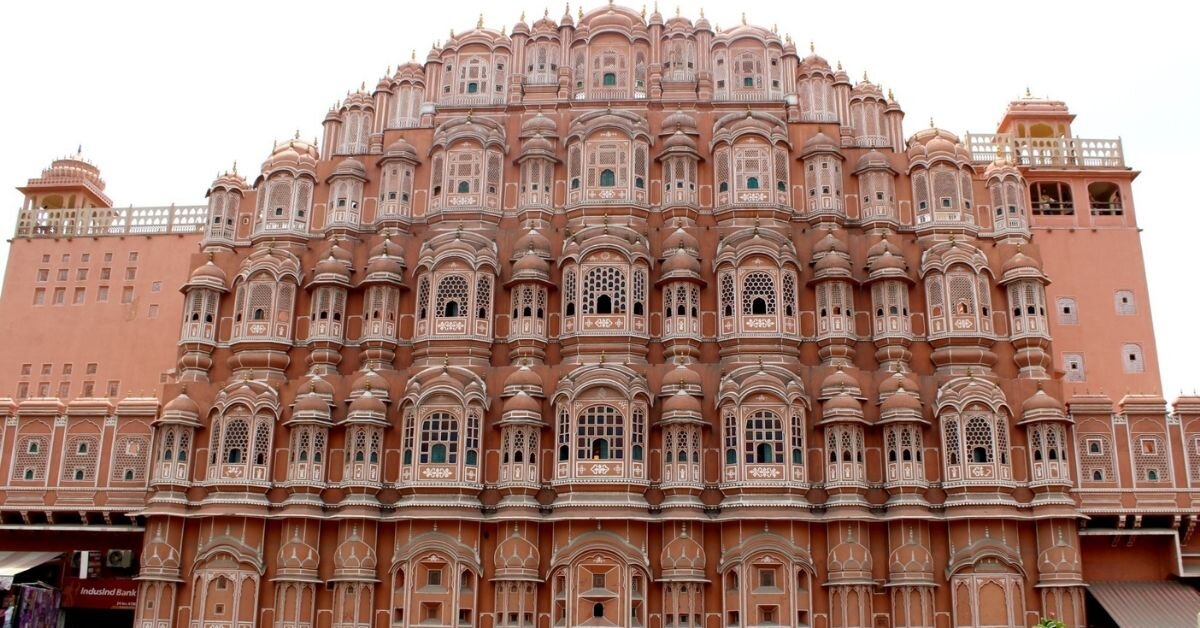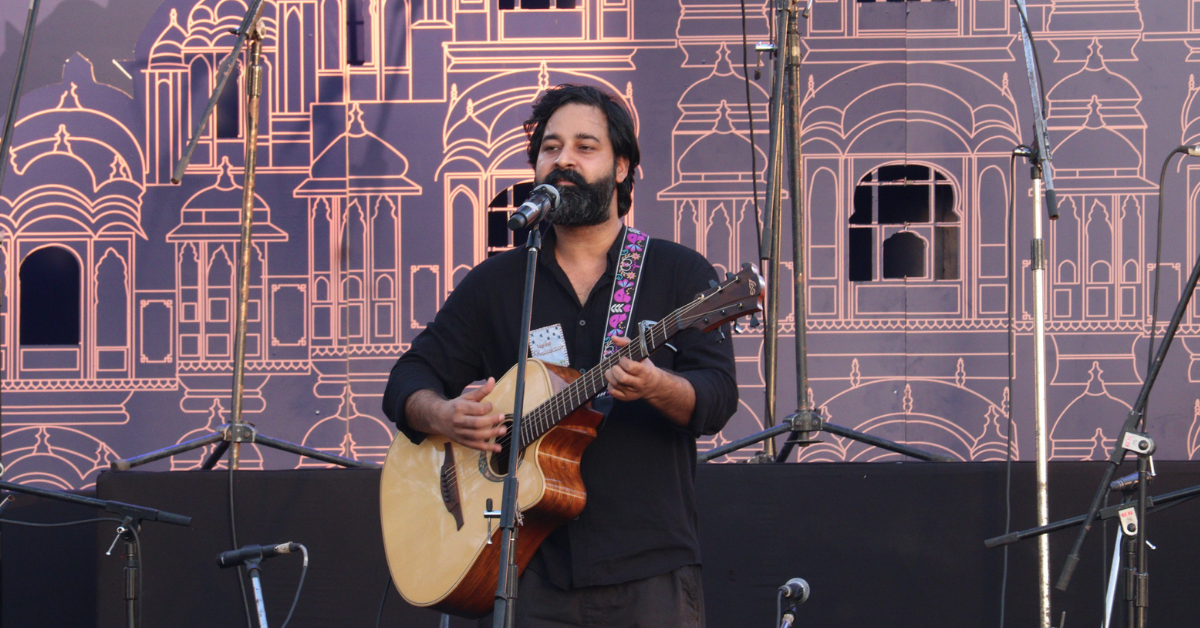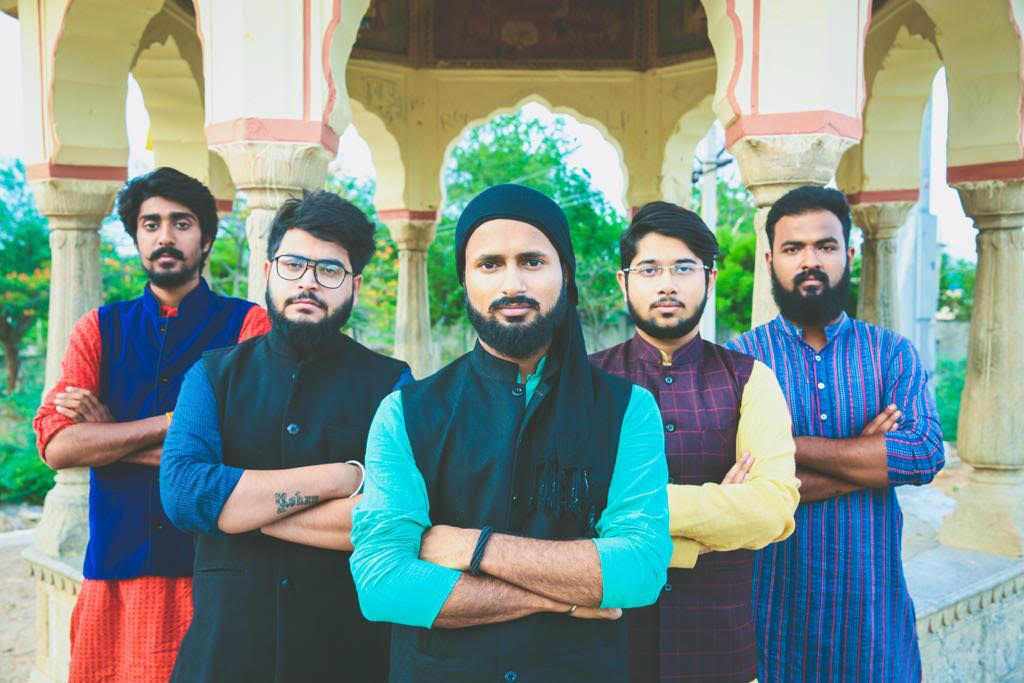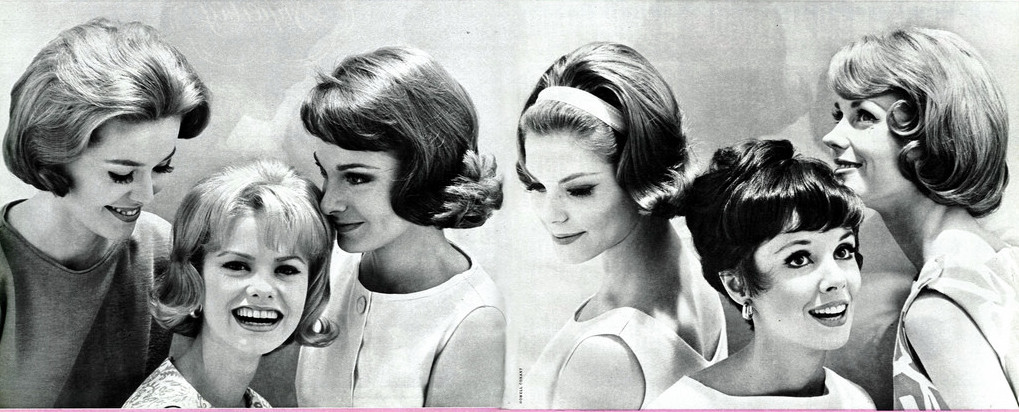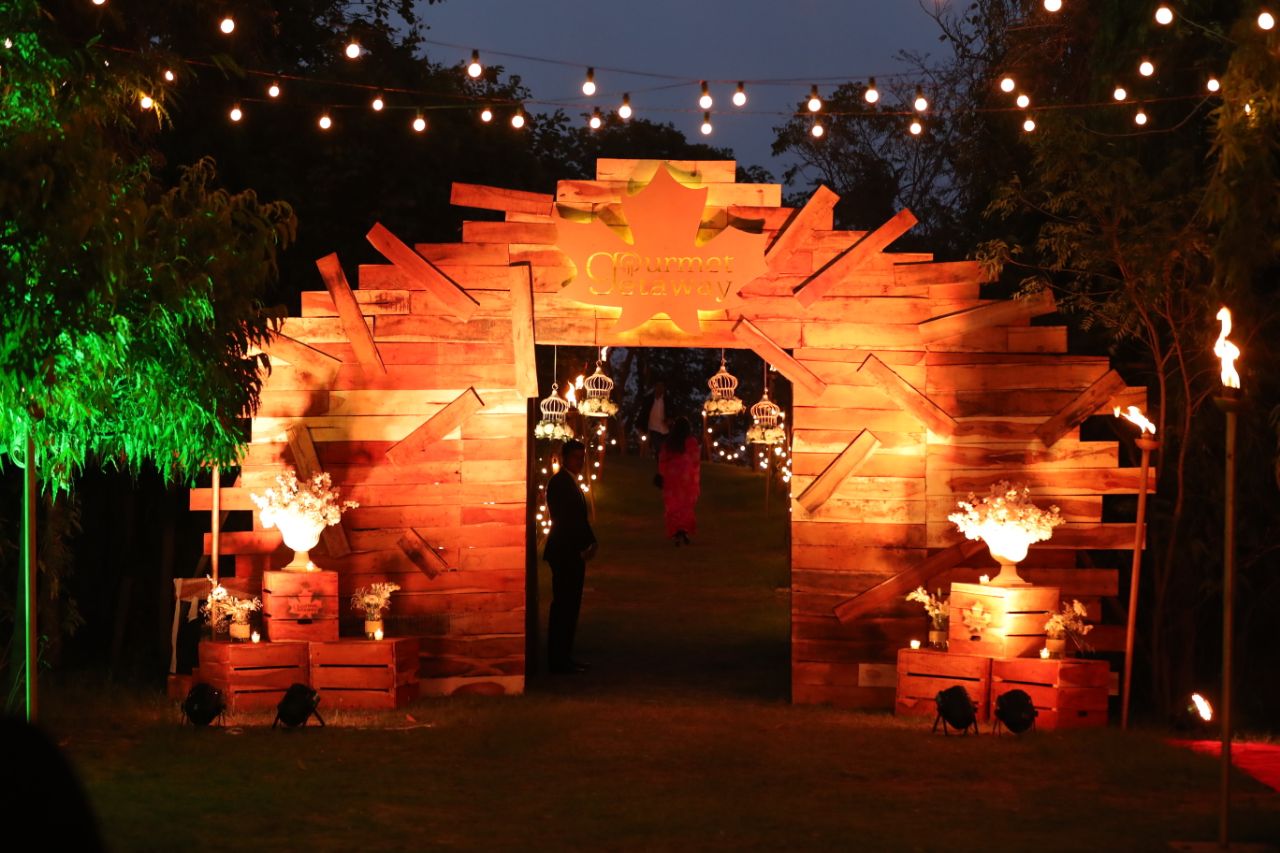The great City Palace in Jaipur is quite possibly the most popular vacation destination situated in the old piece of the city. Worked by Maharaja Sawai Jai Singh during the years 1729 to 1732, the immense complex of the royal residence involved one-seventh of the walled city. Truth be told, it was once the seat of the Maharaja of Jaipur.
The royal residence is isolated into a progression of yards, structures, and gardens, including the Chandra Mahal and the Mubarak Mahal.
The gallery exhibits different novel carefully assembled items and different things that have a place with the imperial legacy of the City Palace.
What Makes The City Palace Jaipur So Special?
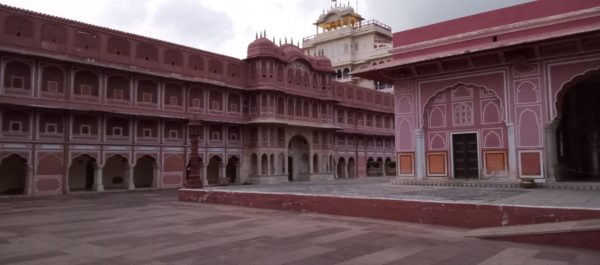
The actual exterior is planned with intense and point-by-point workmanship and grandstands, a mix of Mughal and Rajput engineering styles.
The external divider was worked by Jai Singh II. In any case, the royal residence itself has been exposed to different shifts throughout the direction of time, with some of them, in any event, having a place with the mid-twentieth century.
The City Palace has three doors, out of which the Virendra Pol and Udai Pol are available to the general population.
History of City Palace
The historical backdrop of the castle is entwined with the historical backdrop of the incredible city of Jaipur itself. The City castle used to be the high position of the Maharaja of Jaipur, top of the Kachwaha Rajput Clan.
Maharaja Sawai Jai Singh was the power behind the inception of the Palace’s development when he moved the capital from Amber to Jaipur in the year 1727.
He then, at that point, started constructing the external divider at some point during the years 1729 to 1732, to such an extent that it went to a few sections of land through the city.
The Raja’s demise was trailed by a few conflicts between the Rajput lords, and Maharaja Ram Singh united with the British during the Revolt of 1857 and continued to change the city into in a variety of Pink Designs in order to invite the Prince of Wales.
The embraced child of Maharaja Madho Singh II, Raja Man Singh II was the last lord to manage from the Chandra Mahal Palace. Post the converging of Jaipur with the Indian Union in 1949. The City Palace kept on being the home of the illustrious family.
Design of City Palace
The building style of the City Palace was a combination of the Shilpa Shastra of Indian Architecture alongside Rajput, Mughal, and European styles. The primary engineers for the development of the royal residence were Vidyadhar Bhattacharya and Sir Samuel Swinton Jacob.
Traditional Indian standards, for example, the Vastushastra, were speedily trailed by the modelers during the development of the royal residence. It was fabricated utilizing red and pink sandstone and has three doors, to be specific ‘Tripolia Gate,’ ‘Udai Pol,’ ‘Virendra Pol’.
The actual doorways are enhanced unpredictably with the best workmanship and are an appropriate introduction to what exactly lies inside. The royal residence complex is planned as a matrix and has various designs inside its limits, for example, ‘Chandra Mahal,’ ‘Govind Dev Ji Temple,’ ‘Mubarak Mahal’, and ‘Diwan-I-Khas.’ Paintings, mosaics, honeycomb window sheets, and careful stonework make the Palace an ideal mix of plan, craftsmanship, shading and culture.
Inside the City Palace
Various significant structures discover a spot in the City Palace and are delineated beneath:-
Mubarak Mahal: A mixture of Mubarak Mahal, Islamic, Rajput, and European compositional styles, the City Palace was worked by Maharaja Madho Singh II in the late nineteenth century. It fundamentally went about as a gathering place and has now been changed over into an exhibition hall.
A portion of the antiques and articles put away here incorporate imperial conventional outfits, Sanganeri block prints, weaved wraps, Kashmiri pashminas, and silk saris, and fancy garments worn by Sawai Madho Singh I.
Chandra Mahal: The Chandra Mahal is a surprising building situated towards the west finish of the City Palace. A beguiling Peacock Gate invites you into the royal residence. The Mahal itself is designed with wonderful canvases, botanical embellishments, and improving mirror work.
The structure has seven stories with every one of the floors having a novel name like Sukh-Niwas, Ranga-Mandir, Pitam-Niwas, Chabi-Niwas, Shri-Niwas and Mukut Mahal.
A large portion of this castle fills in as the home of the relatives of the lofty family. Nonetheless, the ground floor of the structure fills in as a gallery.
A portion of the articles showed here are rugs, compositions, and different things that had a place with the regal family.
Different areas of the City Palace are remarkable in their own particular manner. The “Sukh Nivas” is painted blue in shading and is embellished with white covering.
Mughal themes, silver and glass feasting tables, and different ornamentations are available in the lounge area here.
The “Rang Mandir” has reflections of all sizes in its dividers, columns, and roof. “Shobha Nivas” is finished with reflect dividers and blue tiles, which are additionally adorned with mica and gold leaf. “Chhavi Nivas” is the storm retreat of the Maharaja.
Pritam Niwas Chowk: It is towards the internal pieces of the City Palace and has four little entryways which lead to the Chandra Mahal.
The actual entryways are finished with outlines that address the four seasons and Hindu divinities Lord Vishnu, Lord Shiva-Parvati, Lord Ganesha and Goddess Devi.
Diwan – I – Aam: Diwan-I-Aam was the Hall of Public Audience and is situated between the arsenal and the craftsmanship exhibition. Set down with glimmering marble, there are two authentic silver vessels of the limit of 4000 liters in plain view here.
These vessels were utilized by Maharaja Sawai Madho Singh II to convey the water of the heavenly Ganges to drink on his excursion to England. Various gleaming gem crystal fixtures are additionally present here, which is uncovered distinctly during unique events.
Diwan – I – Khas: Diwan-E-Khas was the ‘Corridor of Private Audience’ and is a dynamic illustration of the design of that time. The roof is painted in shades of red and gold which have an immaculate appearance even right up ’til the present time. This structure is a significant fascination inside the royal residence itself.
changed over into a workmanship display, the Diwan-I-Khas shows smaller than normal artistic creations, old texts, weaved mats, Kashmir cloaks, and covers. Written by hand, unique compositions of Hindu sacred texts and the Royal privileged position called as ‘Takht-e-Rawal’ likewise discover a spot here.
Maharani Palace: Originally, this filled in as the home of the sovereigns, yet has now been changed over into an exhibition hall. Weapons utilized by the eminence during the conflict are in plain view here, with some of them as old as the fifteenth century. The roof is again enhanced wonderfully with the residue of valuable and semi-valuable stones.
Bhaggi Khana: This is the gallery which has an impeccable assortment of old carriages, carts, and European taxis. One eminent collectable here is the baggi, which was talented to the royals by Prince of Wales in 1876 and is known as the Victoria baggi.
Govind Dev Ji Temple: This is a sanctuary devoted to Lord Krishna situated in the castle premises.
Best Time To Visit City Palace
The morning and evening hours and cooler and less swarmed. Cold weather a long time of October – March are the greatest months to visit this objective.
Tips For Visiting City Palace
Photography is permitted inside the castle premises. Photography Fee: INR 50, Videography Fee: INR 150
Convey your administration ID Proof, assuming you need to lease the sound aide. Kindly note that Aadhar card isn’t substantial for this situation.
Ruchi
Latest posts by Ruchi (see all)
- Top 5 Elegant Kinds of Wedding Lehengas in Jaipur - February 17, 2022
- How to Choose the Best Packers and Movers in Jaipur - February 7, 2022
- The All Kinds of Delicious and Famous Gajak of Jaipur - January 19, 2022
